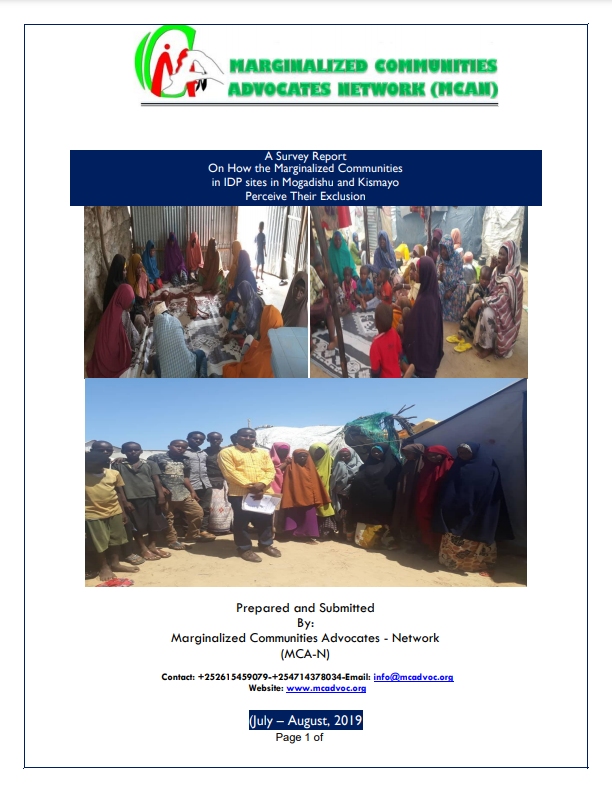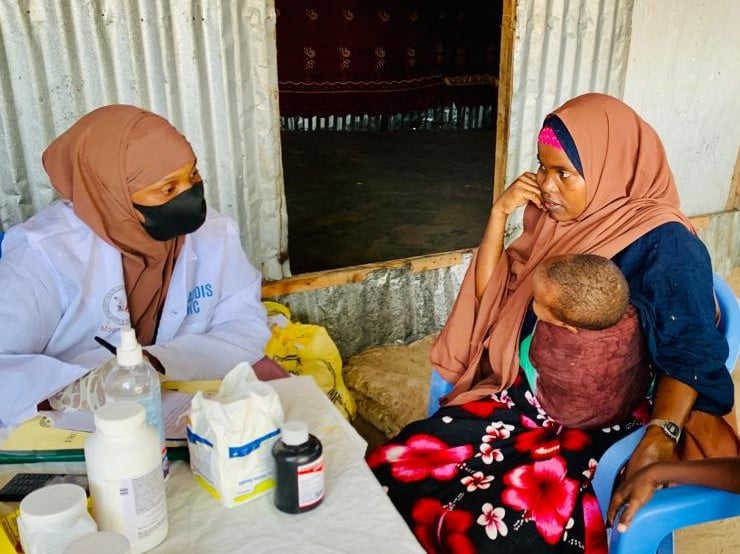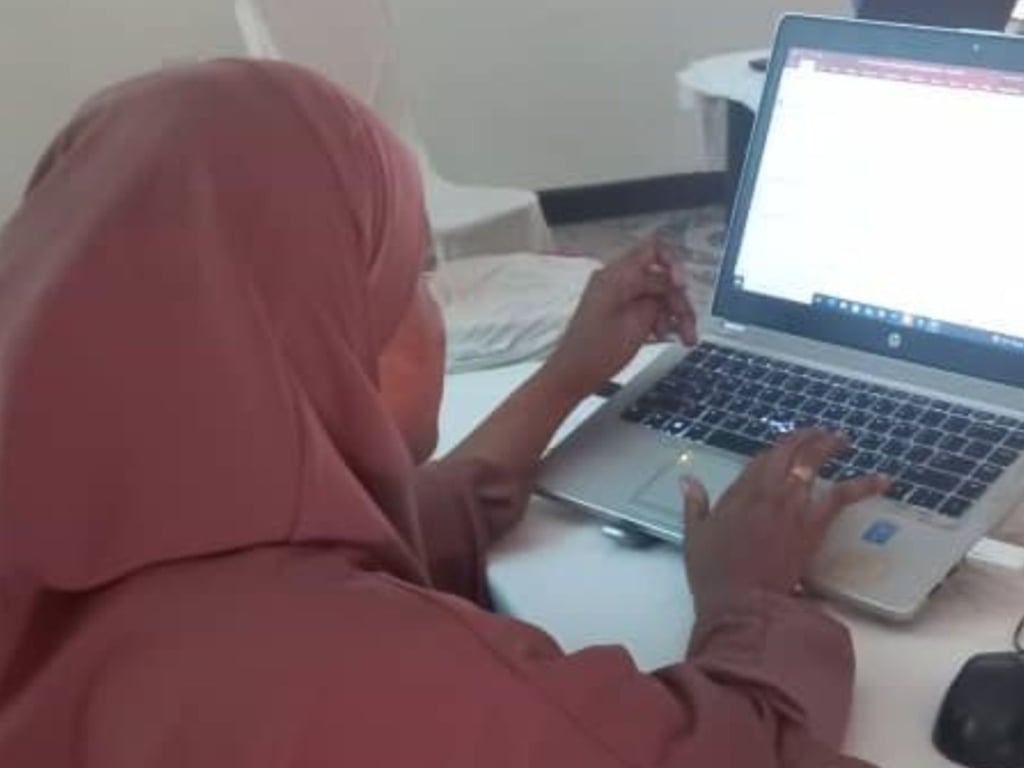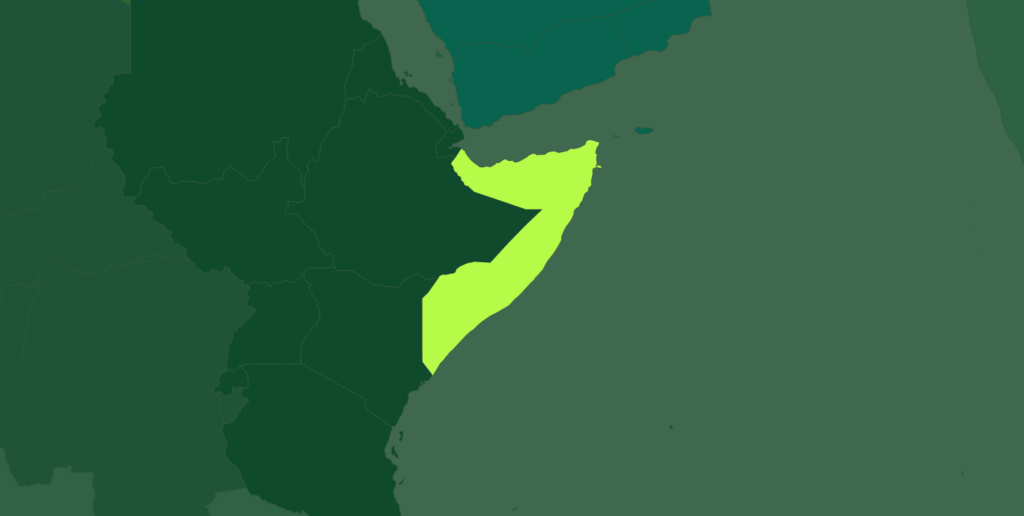Occupational groups in Somalia
Profile
The occupational minorities in Somalia, consisting of Gaboye, Tumal and Yibir, include weavers, potters, smiths, hunters, tanners and others, with each group having its own name: for example, Tumal derive their name from the Somali word tum, meaning ‘to beat’ or ‘to hammer’.
Gaboye have traditionally worked for dominant clans in occupations such as barbers or leather workers, with women performing infibulations and circumcisions. Gaboye are divided into sub-clans such as Muse Dheriyo and Madhiban, among others. Tumal were blacksmiths and carpenters, while Yibrow were known to be tanners and traditional doctors. Though it is likely they were based in Somalia before the arrival of nomadic pastoralists, Yibrow were subsequently conquered and to this day hold a low status in relation to the main Somali population. Despite this, they are believed by many to have special powers and are sometimes asked to bless the birth of a newborn baby. Many women in this community work on reproductive health as traditional birth attendants and also as FGC (female genital cutting) practitioners.
Although all are Somali in origin, the occupational groups have come to represent distinct communities due to their functional differentiation. More recently, however, these occupational groups have begun experiencing competition from majority clans, which, due to the economic downturn that has persisted since the start of the civil war, have taken up similar trades.
Historical context
As far back as the early 1900s, the occupational minorities were considered as outcasts by other clans, resulting in their segregation, even though their language, physical appearance and customs were largely the same. This stigmatization is also partly rooted in a groundless myth that associates these groups with the consumption of unclean food. Major clan members would not eat with members of these groups and inter-marriage was strictly prohibited, with sometime fatal results when young people went against this rule.
Following the rise of Hawiye clan leader Mohamed Farrah Aideed in 1991, his militia launched brutal assaults on Gaboye members, whom Aideed accused of loyalty to ousted dictator Mohamed Siad Barre, leading to widespread rapes, killings and displacement. As they are outside the clan systems of arbitration, those who suffered had no opportunity of gaining compensation for their loss.
Current issues
Higher caste Somalis are still forbidden to intermarry with all outcaste clans. Indeed, Somalis from the major clans also routinely refuse to eat with Gaboye, Tumaal or Yibir people and on occasion will not even sit in a shared space with them e.g. in a clinic waiting room. Without control of land, all occupational groups have faced economic marginalization. Without armed militias, they have been particularly vulnerable to attack by the militias of the larger clans, and Gaboye women face disproportionately greater danger of rape. Inequalities and discrimination are also still apparent: for example, one Somali organization has estimated that only between 30 and 40 Gaboye – out of as many as 10,000 in Hargeisa – are studying or have studied at university.
The few educated members of occupational groups work in any chosen field, but most find employment in manual and service jobs, such as market-selling and trading, butcheries, domestic work, cooking and selling tea. However, they have lost their monopoly over their traditional tasks (where these still exist) and have often failed to find replacement employment. Some now work as porters, construction workers and in other similar unskilled and irregular work. With the disappearance of their traditional lifestyles, and as a result of conflict, many have moved to urban settlements or IDP camps or fled to refugee camps in neighbouring countries. On the positive side, several well-known musicians and entertainers hail from the Midgan occupational group and enjoy respect and success among majority communities.
In Somaliland, the concentration of Gaboye in an IDP camp area known as Daami, resulted in the election in 2023 (outside any quota system) of a Gaboye member of parliament, in fact the member elected with the largest majority in the whole of Somaliland. The Daami area is divided in two parts: Daami A and Daami B. The fact that the authorities in Somaliland refuse to recognize Daami B interferes with the provision of services to residents there. A major fire broke out in the main market in Hargeisa in 2023, leading to the destruction of many buildings. When these were rebuilt, it is reported that the occupational group traders were not able to resume work in the buildings that they had previously used.
Although originally thought to have been mostly resident in northern areas of Somalia/Somaliland, the occupational groups have relocated to live in IDP camps outside major cities, including the camps around Mogadishu but also, for example, a camp largely populated by Tumaal community members in Baidoa.
Updated November 2024
£15/month
Related content
Latest
-
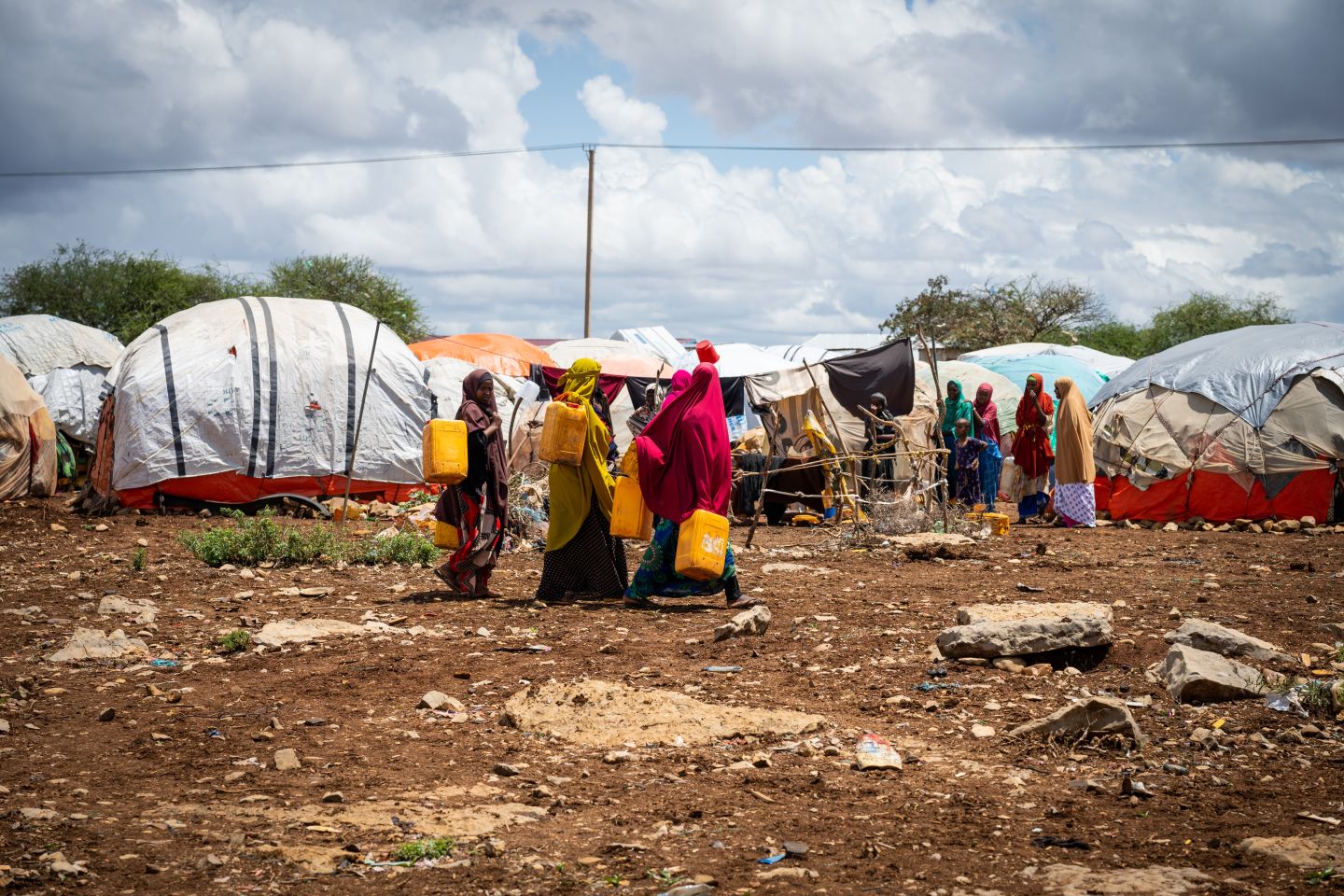
25 October 2022
Minority exclusion in Somalia: shortcomings of aid agency feedback mechanisms
In 2021, MRG research revealed that minority clan members in Somalia were less likely to be aware of, to trust and to use the feedback…
-

20 March 2007
Somalia tops list of countries where minorities most under threat
Somalia is the world’s most dangerous country for minority communities and has overtaken Iraq to top a global ranking of countries…
Reports and briefings
View all-
30 January 2015
Looma Ooyaan – No one cries for them: the situation facing Somalia’s minority women
After decades of violence and instability, tentative progress is being made in Somalia to strengthen the country’s governance and…
-
23 November 2010
No Redress: Somalia’s Forgotten Minorities
This report documents the neglected situation of Somalia’s minorities. It aims to raise awareness of the continuing severe violations…
-
12 December 2008
A double bind: The exclusion of Pastoralist women in the East and Horn of Africa
Pastoralism is one of the predominant livelihoods in eastern Africa and the Horn. But pastoralist societies are increasingly excluded and…
Technical guidance
Partner publications
-
1 June 2021
A Survey Report on how the marginalized communities in IDP sites in Mogadishu and Kismayo perceive their exclusion
This Survey was conducted by the Marginalized Communities Advocates – Network (MCA-N) with support from UNHCR targeting a population…
Digital reports
-

20 June 2023
Somalia: The impact of poor sanitation and improper waste disposal on the health of minority IDPs in Baidoa
Most of the families or households living in the IDP camps in Baidoa have long been faced with inadequate sanitation services.
-
Our strategy
We work with ethnic, religious and linguistic minorities, and indigenous peoples to secure their rights and promote understanding between communities.
-
-



